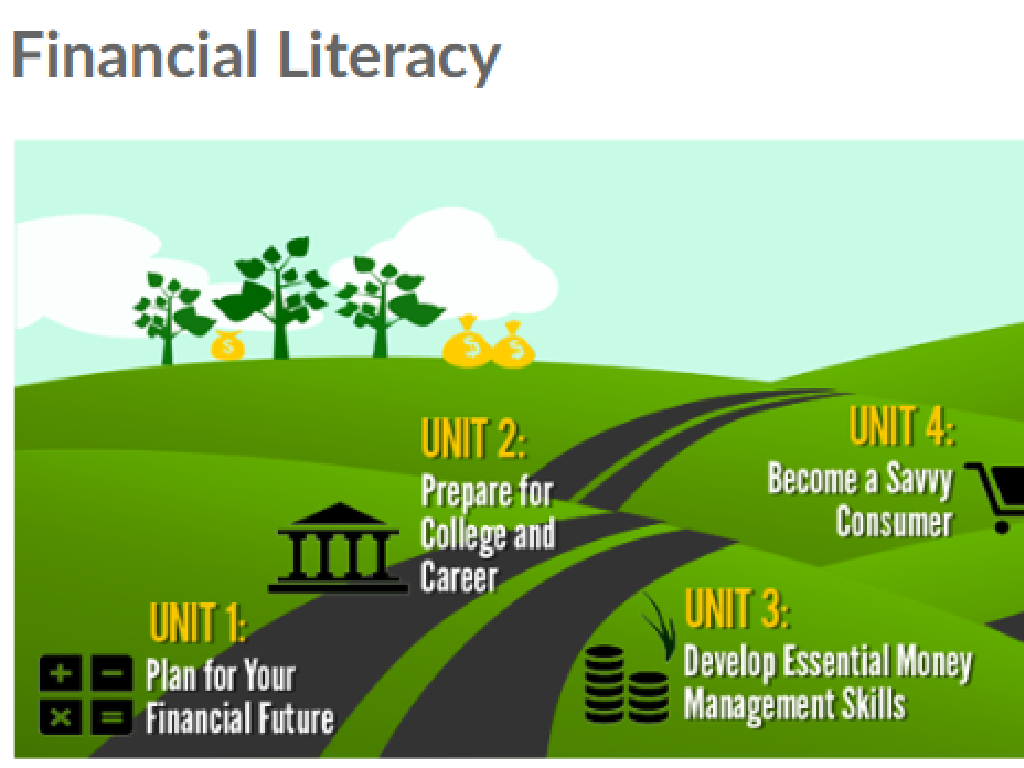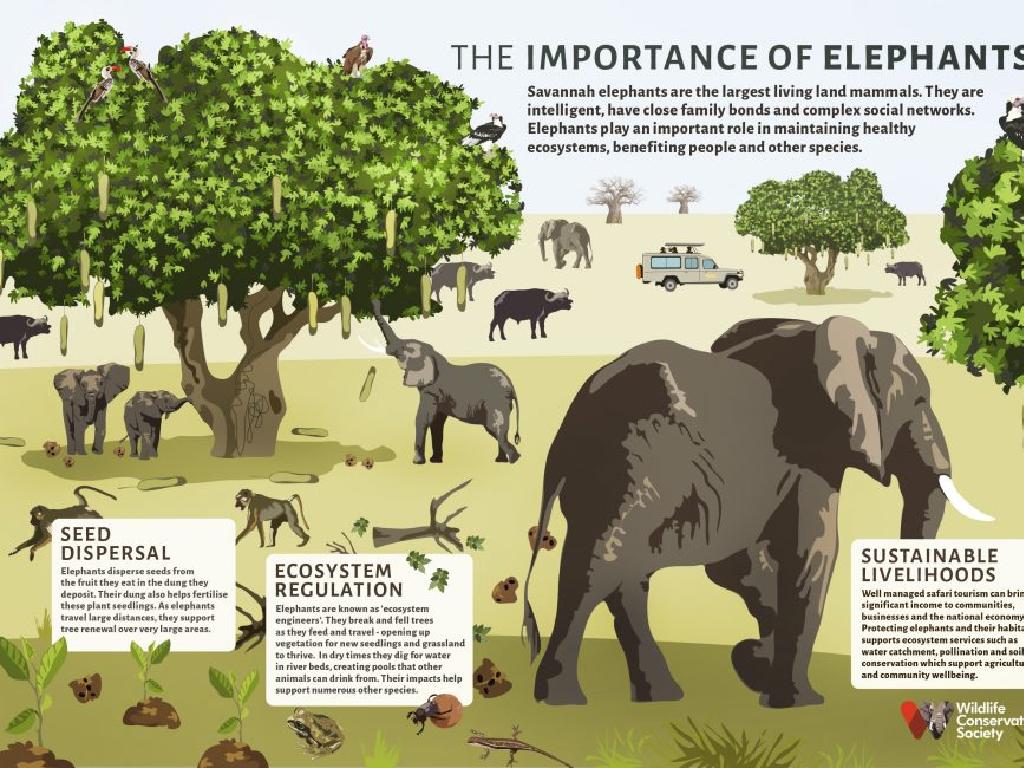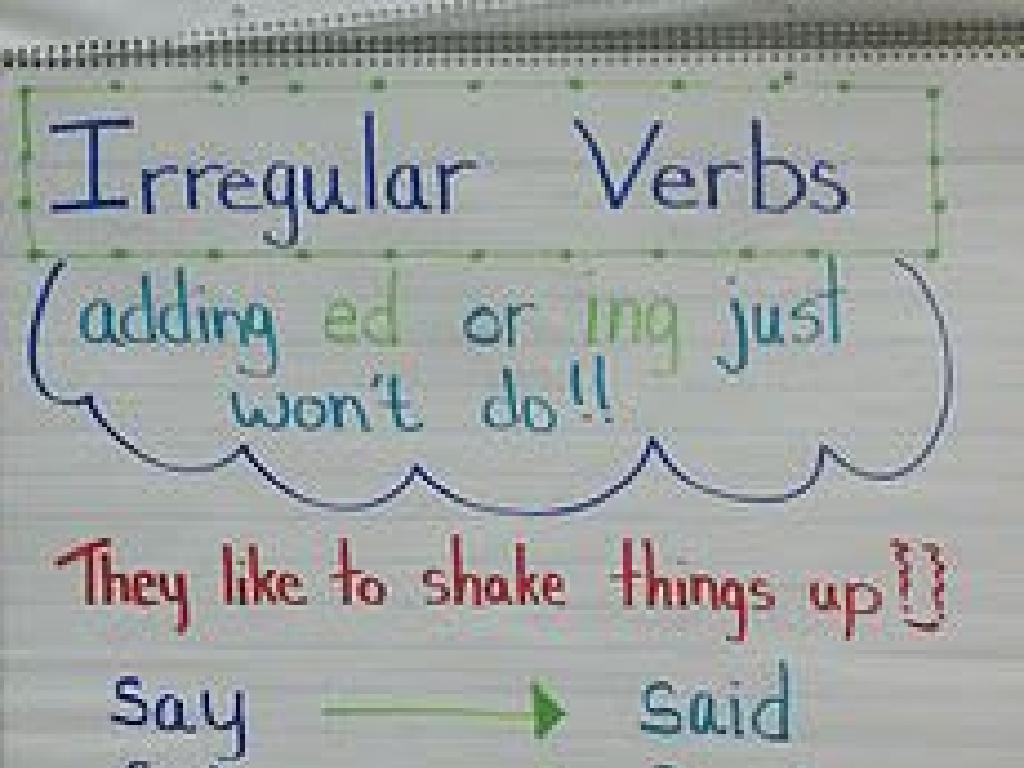Factor Linear Expressions: Area Models
Subject: Math
Grade: Seventh grade
Topic: Equivalent Expressions
Please LOG IN to download the presentation. Access is available to registered users only.
View More Content
Factoring Linear Expressions with Area Models
– Equivalent expressions basics
– Expressions with the same value, even if they look different
– Area models in algebra
– Area models use rectangles to represent products visually
– Visualizing expression factors
– Break down expressions into rectangles to find factors
– Practice with area models
– Solve example problems using area models for better understanding
|
This slide introduces the concept of equivalent expressions and how area models can be a powerful visual aid in understanding algebraic concepts. Start by explaining that equivalent expressions are different expressions that represent the same number. Then, show how area models can turn abstract algebra problems into visual, solvable puzzles. By drawing rectangles to represent the products of factors, students can see how expressions break down into their component parts. Encourage students to practice with area models by providing example problems and guiding them through the process of visualizing and factoring expressions. This hands-on approach helps solidify their understanding of the relationship between algebra and geometry.
Understanding Equivalent Expressions
– Define equivalent expressions
– Expressions equal for all variable values, e.g., 2(x + 3) and 2x + 6
– Examples of equivalent expressions
– 3(x + 4) = 3x + 12, 4(2 + y) = 8 + 4y
– Recognizing equivalent expressions
– Helps simplify complex expressions
– Significance in solving equations
– Essential for solving equations efficiently
|
This slide introduces the concept of equivalent expressions, which are expressions that yield the same value regardless of the variable’s value. Provide clear examples to illustrate the concept, such as showing how distributing or factoring can lead to expressions that look different but are actually equivalent. Emphasize the importance of recognizing equivalent expressions as a tool for simplifying and solving algebraic equations. Encourage students to practice by creating their own sets of equivalent expressions and explaining why they are equivalent. This foundational understanding will be crucial for their success in algebra.
Introduction to Area Models
– Visualize algebraic expressions
– Area models turn abstract algebra into concrete shapes
– Area models show products
– Each rectangle’s area represents a term in the product
– Break down expressions
– Divide expressions into terms for easier understanding
– Simplify complex expressions
– Use area models to see how terms combine to form the expression
|
This slide introduces the concept of area models as a visual tool for understanding algebraic expressions, particularly in the context of multiplication. Area models help students transition from concrete arithmetic to the more abstract algebra by representing terms as the area of rectangles. By breaking down expressions into simpler parts, students can better grasp the structure of the expression and how terms combine to form the product. Encourage students to practice with different expressions and to visualize the process of expanding and factoring using area models. This foundational understanding will be crucial as they progress in algebra.
Factoring Linear Expressions Using Area Models
– Understanding expression factoring
– Factoring is breaking down expressions into simpler multipliers.
– Visualizing factoring with area models
– Area models represent products as rectangular areas.
– Factoring x + 3x into 4x
– Combine like terms: x + 3x becomes 4x (1x + 3x squares).
– Practice with different expressions
|
This slide introduces the concept of factoring linear expressions and how it can be visualized using area models. Factoring is a key skill in algebra that simplifies expressions and solves equations. Area models help students to see the concrete representation of abstract algebraic concepts. For example, factoring x + 3x into 4x can be visualized by combining one square representing x with three more squares representing 3x to create a larger rectangle representing 4x. Encourage students to practice with different expressions and use area models to reinforce their understanding. Provide several examples for students to work through and discuss the process of combining like terms to factor expressions.
Factoring Linear Expressions Using Area Models
– Role of coefficients in expressions
– Coefficients multiply the variable, affecting its value
– Area models with coefficients
– Visualize how coefficients influence area in expressions
– Example: Factoring 2x + 6
– 2x + 6 becomes 2(x + 3) showing common factor of 2
|
This slide aims to help students understand the concept of coefficients in linear expressions and how to use area models to visualize factoring. Coefficients are numbers that multiply a variable, and they play a crucial role in determining the value of the expression. By applying area models, students can see how coefficients affect the size of the area represented by the expression. For example, in the expression 2x + 6, the number 2 is a common factor that can be factored out, resulting in the equivalent expression 2(x + 3). This visual approach helps students grasp the concept of factoring and equivalent expressions more concretely. Encourage students to practice with additional examples and to draw area models to represent the expressions they factor.
Factoring Linear Expressions with Area Models
– Factor 3x + 9 using an area model
– Break down 3x + 9 into areas representing terms
– Visualize the expression as a rectangle
– Each term is an area; length x width gives 3x or 9
– Discuss the factoring process
– Explain how to divide the rectangle into sections
– Address any questions from the class
|
This slide is designed for a class activity where students will apply the concept of area models to factor linear expressions. Start by presenting the expression 3x + 9 and guide the students to represent it as a rectangle, with the length and width corresponding to the terms in the expression. Walk through the process of dividing the rectangle into smaller sections that represent the factors of the expression. Encourage students to visualize how the areas combine to form the original expression. After the demonstration, open the floor for questions to ensure understanding. Possible activities include having students work in pairs to factor different expressions, using manipulatives to build area models, or creating a gallery walk with different factored expressions displayed around the room.
Class Activity: Create Your Own Area Model
– Factor the expression 4x + 20
– Draw the area model on paper
– Use rectangles to represent terms
– Share and explain your model with a partner
– Discuss the steps you took to factor the expression
– Discuss different approaches
– How did your partner’s model differ from yours?
|
This activity is designed to help students understand the concept of factoring linear expressions using area models. Students will apply their knowledge to factor the given expression, 4x + 20, and represent it visually. Encourage students to think of the ‘x’ term as a variable length and the constant term as a fixed area. After drawing, students should pair up to explain their process and reasoning behind their area model. This peer-to-peer interaction will reinforce their understanding and allow them to see different methods of factoring. As a teacher, circulate the room to assist with any misconceptions and to highlight various strategies students use. Possible activities for different students could include factoring expressions with different coefficients or constants, comparing models, and discussing the benefits of visual representation in understanding algebra.
Review and Reflect: Factoring with Area Models
– Key takeaways on factoring
Factoring breaks down expressions into simpler, multiplicative components using area models.
– Utility of equivalent expressions
Equivalent expressions simplify complex problems and reveal relationships between numbers.
– Area models in algebra comprehension
Visualizing multiplication as area makes abstract algebra concepts more concrete.
– Reflect on today’s learning
|
Today’s lesson focused on using area models to factor linear expressions, which is a visual method to understand multiplication and division within algebra. We discussed how breaking down expressions into factors can simplify solving equations and how equivalent expressions are useful in various mathematical scenarios, such as simplifying expressions and solving equations. Area models provide a tangible way to grasp the multiplication of variables and constants, aiding in the comprehension of more abstract algebraic concepts. Encourage students to reflect on how these visual models have enhanced their understanding of algebra and to consider how they might apply this knowledge to future problems.
Homework: Factoring with Area Models
– Practice factoring using area models
– Use area models to visualize factoring expressions
– Complete the provided worksheet
– Worksheet includes a variety of expressions to factor
– Note down any questions
– Write questions about parts you find challenging
– Review and prepare for discussion
|
This homework assignment is designed to reinforce students’ understanding of factoring linear expressions using area models. The worksheet will contain a range of problems to ensure that students get practice with different types of expressions. Encourage students to attempt all problems and to write down any questions or difficulties they encounter. These questions will be addressed in the next class to clarify any misunderstandings. Remind students that the goal is not just to complete the worksheet but to understand the process of factoring using area models. This will prepare them for a more in-depth discussion and further practice in class.






